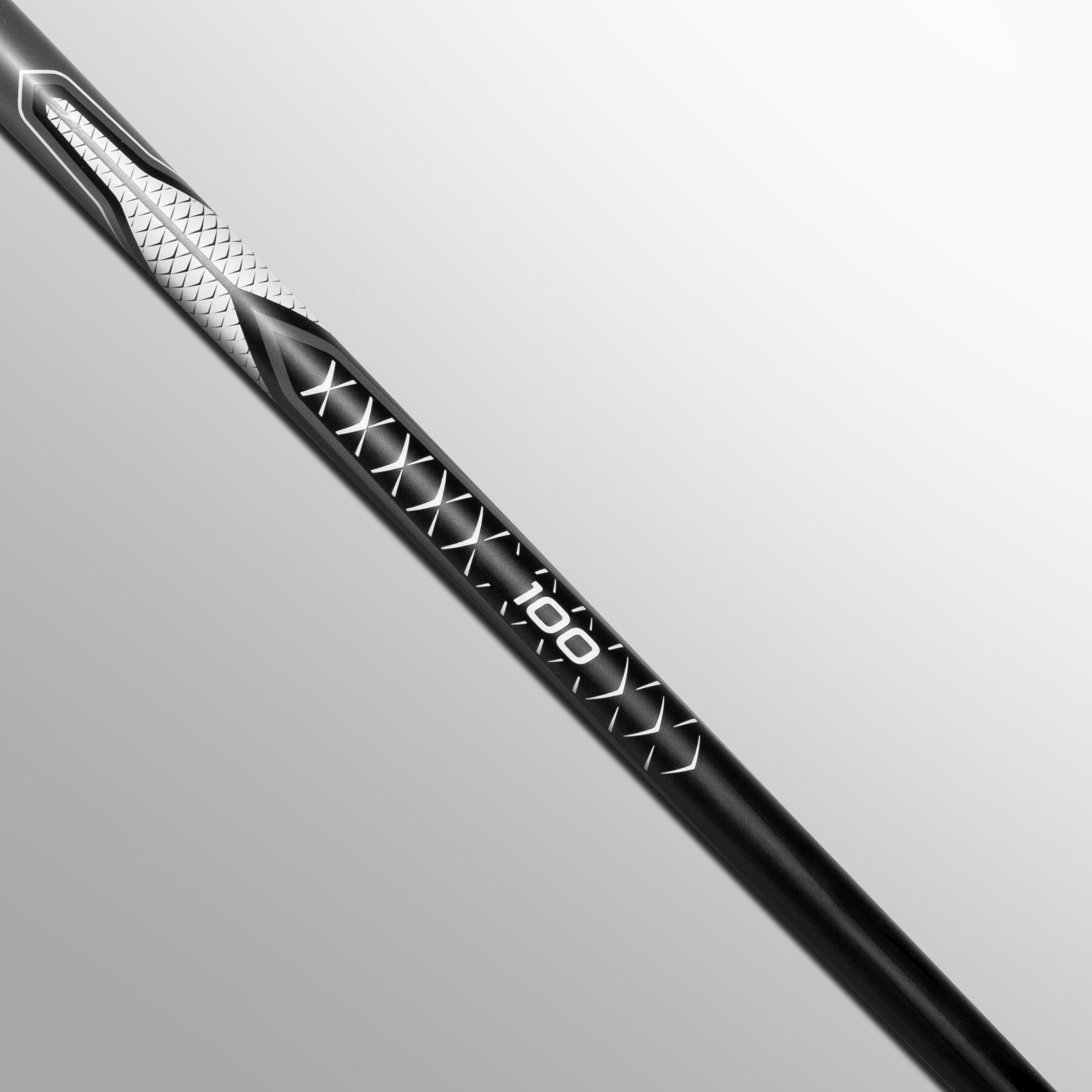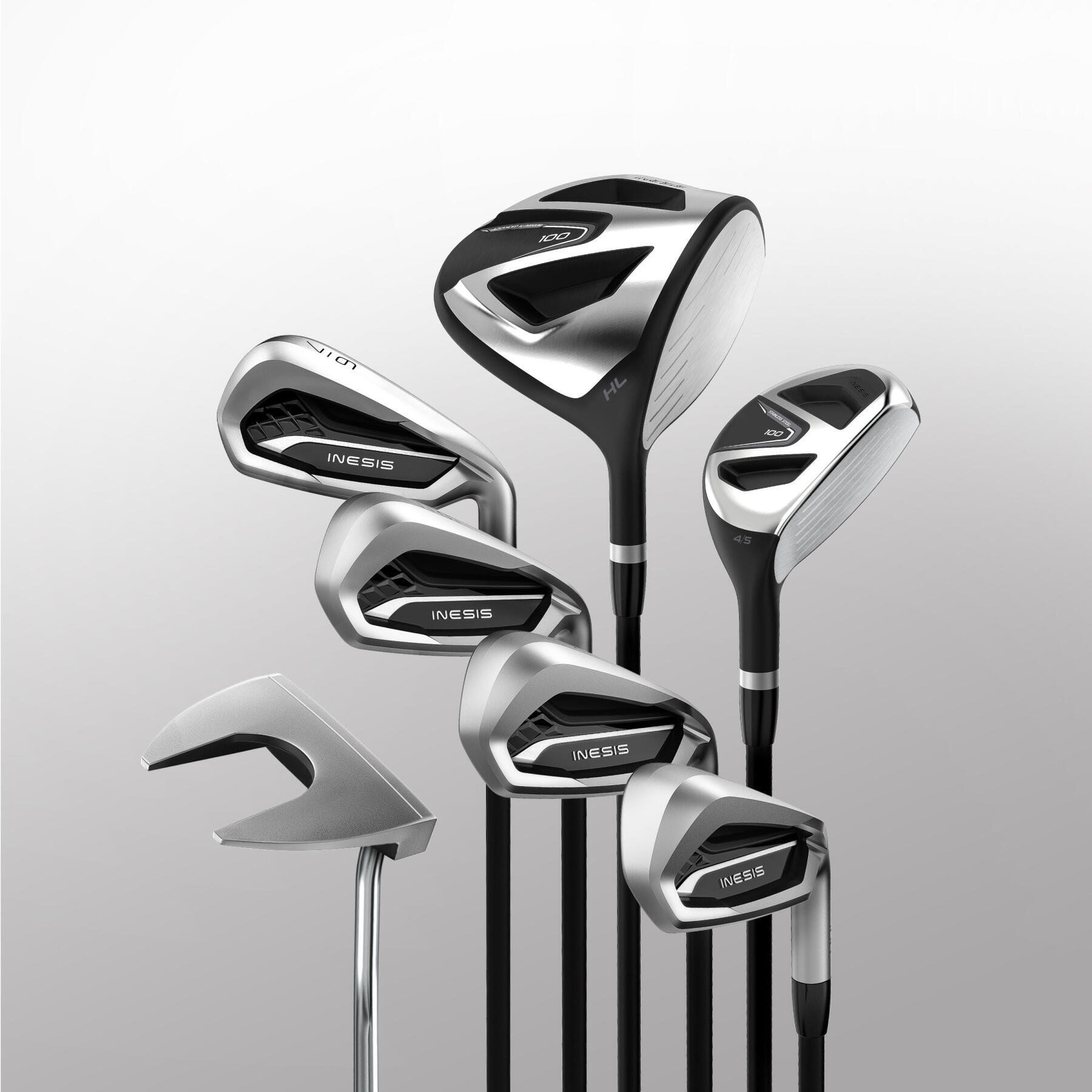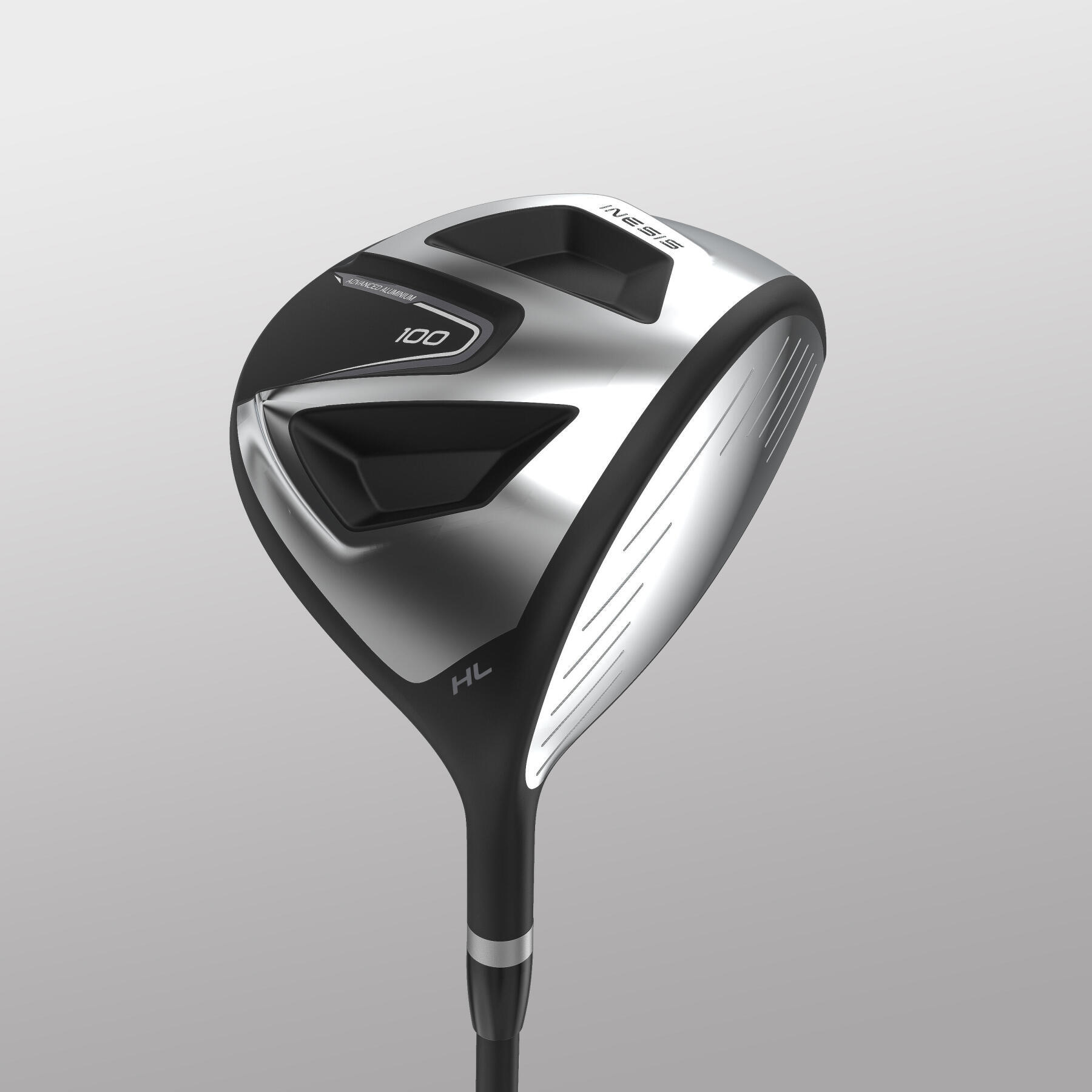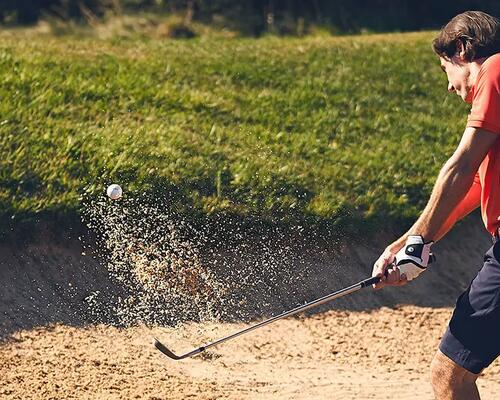Select your wedge with care
Selecting your wedge with care is an essential part of playing golf successfully. Wedges are specialty clubs used for shorter, high-lofted shots, typically those within 130 yards of the green. These clubs are invaluable for getting out of difficult situations like sand traps, and they're also used for precision shots such as chips and pitches near the green.
There are four main types of wedges: pitching wedges, gap wedges, sand wedges, and lob wedges. Each type has a different loft and purpose.
Pitching wedges typically have a loft between 44 and 48 degrees and are used for longer chips or pitches onto the green, usually from 100 to 130 yards out.
Gap wedges, also known as approach or utility wedges, fill the "gap" between the pitching and sand wedges. They have a loft between 50 and 54 degrees and are used for shots ranging from 70 to 100 yards.
Sand wedges, with lofts between 54 and 58 degrees, are designed specifically for getting out of bunkers, hence the name. However, they are also effective for close shots to the green, usually within 70 yards.
Lastly, lob wedges have the highest loft, usually between 58 and 64 degrees. These are used for high, short shots over obstacles and for chips and pitches very close to the green.
When selecting your wedge, consider the course conditions. For soft turf or sand, a wedge with a wider sole and more bounce is preferable, as it prevents the club from digging too deeply into the ground. For hard turf, a wedge with less bounce will provide more control.
Also, consider your skill level and playing style. If you're a beginner, you may not need all four types of wedges. A pitching wedge and a sand wedge might be enough. As you become more advanced and your short game improves, you may want to add a gap wedge and a lob wedge to your bag.
Remember, the right wedge can mean the difference between a good shot and a great shot. Therefore, take your time to understand what each type of wedge offers and choose one that complements your golfing style and the courses you play on most frequently.









